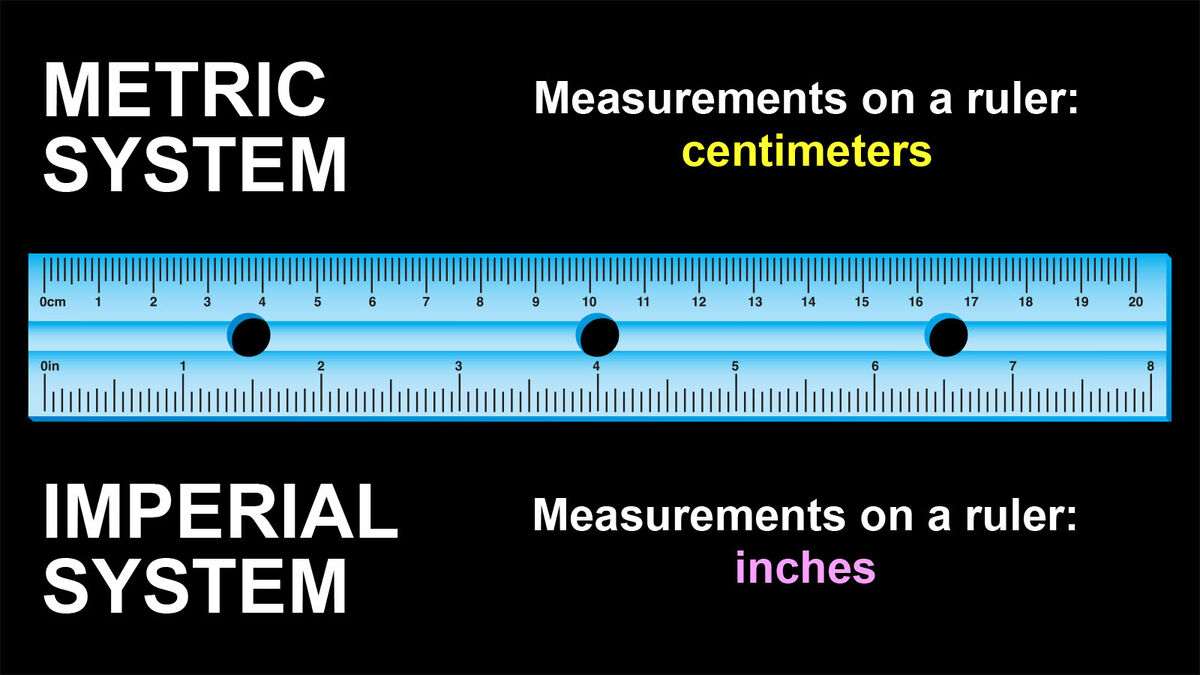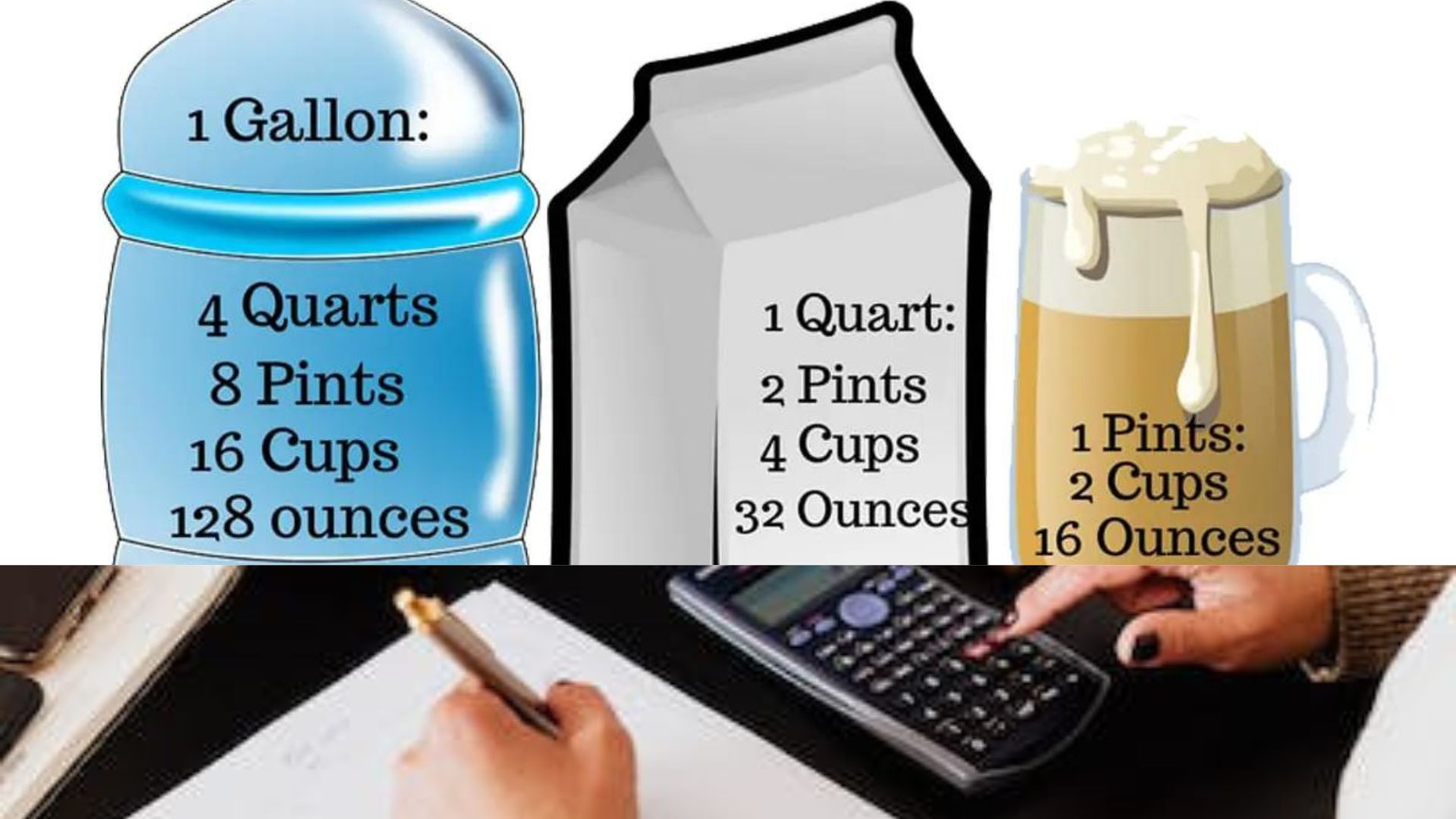How Many Ounces In A Gallon? Conversion Guide With Charts
In the USA many liquids are in the form solid and quartz. How many ounces in a gallon? Here today you learn how many ounces in the gallon and also discuss the conversion chart. Exactly, there are 128 ounces in a gallon. But this answer only just varies and could not be true. Let’s read all information about ounces and gallon vary to countries.
The number of ounces in a gallon depends on the country where you are in. Basically the conversion of ounces or oz to gallon is not easy, even the expert persons are also scratching the heads. Conversion is most important when we make a recipe or some other use and it is more difficult when different measurement systems are converted to each other.
What are the Ounces?
The measuring unit ounces comes from the Roman term “uncia”. An uncia was one twelfth of a roman copper bar that used to measure the base units length of inch and weight of an ounce. Ounces is a smallest portion of measuring unit. The correct measurement of an ounce is 1= 1/16th of pound of weight in solid portion.
You listen to ounces, when measuring out food items during cooking or baking like butter or seasonings. Most US liquid ounces are referred to as ounces use of cans or containers. These cans or containers help you to know the volume of liquid that is inside of it.

Ounces are two types: fluid ounces and ounces of measuring weight.
Fluid Ounces
Fluid ounces as shown by name used for measurement of liquid. It is used to measure volume of any liquid material like water. When baking of food used for fluid ounces, we are using a glass measuring cup or beaker with measurement on it. This is the exact measurement way to measure a liquid ingredient in a recipe. Below show the table of fluid ounce by using of cup:
| Cup | Fluid Ounces | Pints/ Quarts |
| 1 cup | 8 | ½ pint |
| 2 cups | 16 | 1 pint |
| 3 cups | 24 | 1 ½ pint |
| 4 cups | 32 | 2 pint or 1 Quart |
| 5 cups | 40 | 1 ¼ Quarts |
| 6 cups | 48 | 1 ½ Quarts |
| 7 cups | 56 | 1 ¾ Quarts |
| 8 cups | 64 | 2 Quarts or ½ gallon |
| 16 cups | 128 | 4 Quarts or 1 gallon |
Ounces of measuring weight
Ounces are as a unit to measure weight of solid ingredients. This measurement is most used with ingredients, but can also be used for things like honey or yogurt. When cooking or baking food use ounces instead of cups in weight form. It is also the better unit to accurately measure the weight of getting more equal measurements. Below the table of ounces by using of weight:
| Ounces (oz) | Pounds (lb) | Pounds + Ounces (lb + oz) |
| 1 oz | 0.0625 lb | 0 kg 28.35 g |
| 2 oz | 0.125 lb | 0 kg 56.70 g |
| 3 oz | 0.1875 lb | 0 kg 85.05 g |
| 4 oz | 0.25 lb | 0 kg 113.40 g |
What is a Gallon?
A Gallon is an abbreviation of “gal” is a measure of volume used in the US or Imperial system. The word “gallon” is a Latin word “galleus” or “galena” which means container used to measure volume.
The US gallon is smaller than UK imperial gallon:
1 US liquid gal = 3.785 liters or 231 cubic inches;
1 UK gal = 4.546 liters, or 4 Imperial quarts
I US liquid gal= 86 dry gals
Difference of Wet and Dry Gallons
Things get to scratch the heads when we get into wet and dry measurements, because they are not the same. There are whole different unit of measurement into it. In recipe there are many ingredients in form of liquid and some are solids. To measure volume of liquid use dry gallon defined as ⅛ or 231 inches and conversion of these gallon cups into a pint or in a quarts.
Difference of Fluid Ounces and Dry Ounces
Fluid ounces and dry ounces are both units of weight or volume used in different contexts and for different types of substances. The main difference lies in the type of material being measured and the way the ounces are used. Fluid ounces (fl oz) are used to measure volume, specifically the volume of liquids. One fluid ounce is equivalent to approximately 29.6 milliliters (ml) or about 1/8th of a cup.
Other side, Dry ounces (oz) are used to measure weight, typically for dry or solid substances such as grains, spices, and powders.. One dry ounce is equivalent to approximately 28.35 grams.
What is the difference between Imperial and Metrics?
Imperial and metric are two systems of measurement used to quantify and express various quantities such as length, weight, volume, and temperature. The main difference between the two lies in the units of measurement and the standards used.

Imperial System
The Imperial system of measurement is primarily used in the United States and some other countries that were once part of the British Empire. It has its origins in historical English units of measurement. In the Imperial system, measurements are typically based on multiples of 12, which allows for easy division by factors such as 2, 3, 4, and 6. Some common Imperial units include inches, feet, yards, miles, ounces, pounds, and gallons. For example, distances are often expressed in feet and inches, while weight is measured in pounds.
Metric System
The metric system, also known as the International System of Units (SI), is a decimal-based system used by the majority of countries around the world. It was developed in France during the late 18th century and is based on powers of 10, which allows for straightforward conversion between different units. The metric system uses a set of base units, such as meters for length, kilograms for mass, liters for volume, and degrees Celsius for temperature. It also employs prefixes to denote multiples and submultiples of these base units. For instance, kilometer represents 1,000 meters, and milligram represents one-thousandth of a gram.
How many ounces in a gallon?
There are 128 fluid ounces in a gallon. In the US customary system, which uses the gallon as a unit of volume, the conversion is as follows:
1 gallon = 128 fluid ounces.
There are 64 fluid ounces in a half gallon. Therefore a half of a gallon would be half of the amount.
½ gallon= 64 fluid ounces

How Many 2 Ounces Make a Gallon?
As we know 1 gallon is equal to 128 fluid ounces, so if you want 2 gallons it is equal to 256 ounces.
Tips to conversion of Gallons and Ounces
To convert between gallons and ounces, you can use the following tips:
Conversion Factors:
1 gallon = 128 fluid ounces
1 gallon = 160 fluid ounces (for UK imperial gallons)
Gallons to Ounces:
To convert gallons to fluid ounces, multiply the number of gallons by the conversion factor. For example, if you have 2 gallons, you can multiply it by 128 (or 160 for UK gallons) to find the equivalent fluid ounces.
Example: 2 gallons * 128 fluid ounces/gallon = 256 fluid ounces (for US gallons)
Ounces to Gallons:
To convert fluid ounces to gallons, divide the number of fluid ounces by the conversion factor. For instance, if you have 256 fluid ounces, you can divide it by 128 (or 160 for UK gallons) to find the equivalent gallons.
Example: 256 fluid ounces / 128 fluid ounces/gallon = 2 gallons (for US gallons)
Decimal Points:
Keep track of decimal points when performing conversions. If you’re converting a smaller unit (fluid ounces) to a larger unit (gallons), you’ll be dividing, which may result in a decimal value.
Unit Conversion Tables:
Utilize conversion tables or online conversion tools to help you quickly convert between gallons and fluid ounces. These resources can provide a comprehensive list of conversions for various units of measurement.
Frequently Asked Questions
Is it true ounces and gallons are the same?
No , it is not true because there are two different measurement systems to measure volume and weights.
Is 1 gallon the same as 64 ounces?
No, one gallon is equal to 128 ounces, 64 US ounces make of a ½ gallon.
Final Thoughts
Ounces and gallons are two different measurement systems. In recipes there are different ingredients that can be measured, sometimes measured in volume and sometimes in weight. It is very difficult to convert ounces into gallons or gallons into ounces. In this situation ingredients can separate in dry and liquid form. I hope this blog helps you to understand the conversion of ounces and gallons. For more info visit thelifonews.com.







